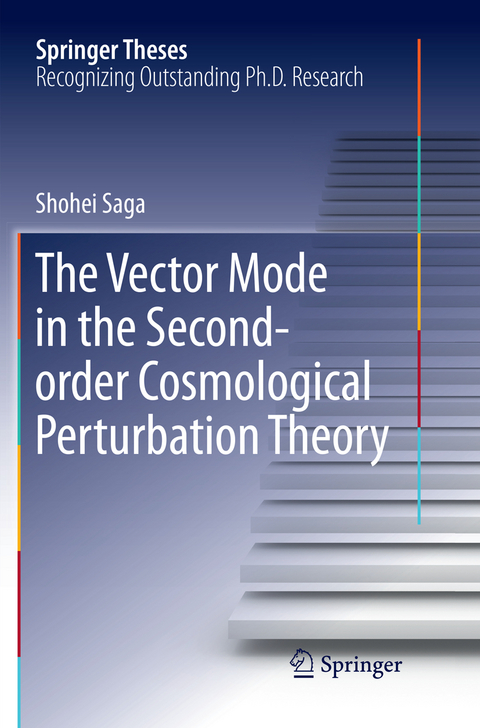
The Vector Mode in the Second-order Cosmological Perturbation Theory
Seiten
2019
|
Softcover reprint of the original 1st ed. 2018
Springer Verlag, Singapore
978-981-13-5690-2 (ISBN)
Springer Verlag, Singapore
978-981-13-5690-2 (ISBN)
This thesis sheds valuable new light on the second-order cosmological perturbation theory, extensively discussing it in the context of cosmic microwave background (CMB) fluctuations. It explores the observational consequences of the second-order vector mode, and addresses magnetic field generation and the weak lensing signatures, which are key phenomena of the vector mode.
The author demonstrates that the second-order vector mode, which never appears at the linear-order level, naturally arises from the non-linear coupling of the first-order scalar modes. This leads to the remarkable statement that the vector-order mode clearly contributes to the generation of cosmological magnetic fields. Moreover, the weak lensing observations are shown to be accessible to the vector mode. On the basis of ongoing and forthcoming observations, the thesis concludes that the second-order vector mode is detectable.
The author demonstrates that the second-order vector mode, which never appears at the linear-order level, naturally arises from the non-linear coupling of the first-order scalar modes. This leads to the remarkable statement that the vector-order mode clearly contributes to the generation of cosmological magnetic fields. Moreover, the weak lensing observations are shown to be accessible to the vector mode. On the basis of ongoing and forthcoming observations, the thesis concludes that the second-order vector mode is detectable.
Dr. Shohei Saga is a JSPS research Fellow at Yukawa Institute for Theoretical Physics, Kyoto University. His work mainly involves observational cosmology. He received his Bachelor of Science from Nagoya University in 2012, and his Master and Doctor of Science from the Department of Physics, Nagoya University in 2014 and 2017, respectively. In March 2014, he was awarded the 2013 Dean Prize by the Department of Physics, Nagoya University.
Introduction.- Basics of Cosmological Perturbation Theory.- Generation of Magnetic Fields.- Weak Lensing.- 21cm Lensing in the Dark Ages.- Summary of this Thesis.
| Erscheinungsdatum | 29.01.2019 |
|---|---|
| Reihe/Serie | Springer Theses |
| Zusatzinfo | 11 Illustrations, color; XIII, 136 p. 11 illus. in color. |
| Verlagsort | Singapore |
| Sprache | englisch |
| Maße | 155 x 235 mm |
| Themenwelt | Naturwissenschaften ► Physik / Astronomie ► Astronomie / Astrophysik |
| Naturwissenschaften ► Physik / Astronomie ► Relativitätstheorie | |
| Schlagworte | 21cm Radiation • Cosmic Microwave Background Fluctuations • Cosmic Microwave Background Lensing • Cosmological Vector Mode • Large-scale Structure of the Cosmos • Magnetogenesis • Primordial Magnetic Fields • Weak Lensing |
| ISBN-10 | 981-13-5690-4 / 9811356904 |
| ISBN-13 | 978-981-13-5690-2 / 9789811356902 |
| Zustand | Neuware |
| Haben Sie eine Frage zum Produkt? |
Mehr entdecken
aus dem Bereich
aus dem Bereich
Grundlagen, Anwendungen in Astrophysik und Kosmologie sowie …
Buch | Softcover (2022)
Springer Spektrum (Verlag)
49,99 €
die Geschichte und Erforschung unserer Galaxie
Buch | Hardcover (2023)
C.Bertelsmann (Verlag)
30,00 €
Von Hubble-, James-Webb- und anderen Großteleskopen bis zu …
Buch | Softcover (2024)
Springer (Verlag)
22,99 €


